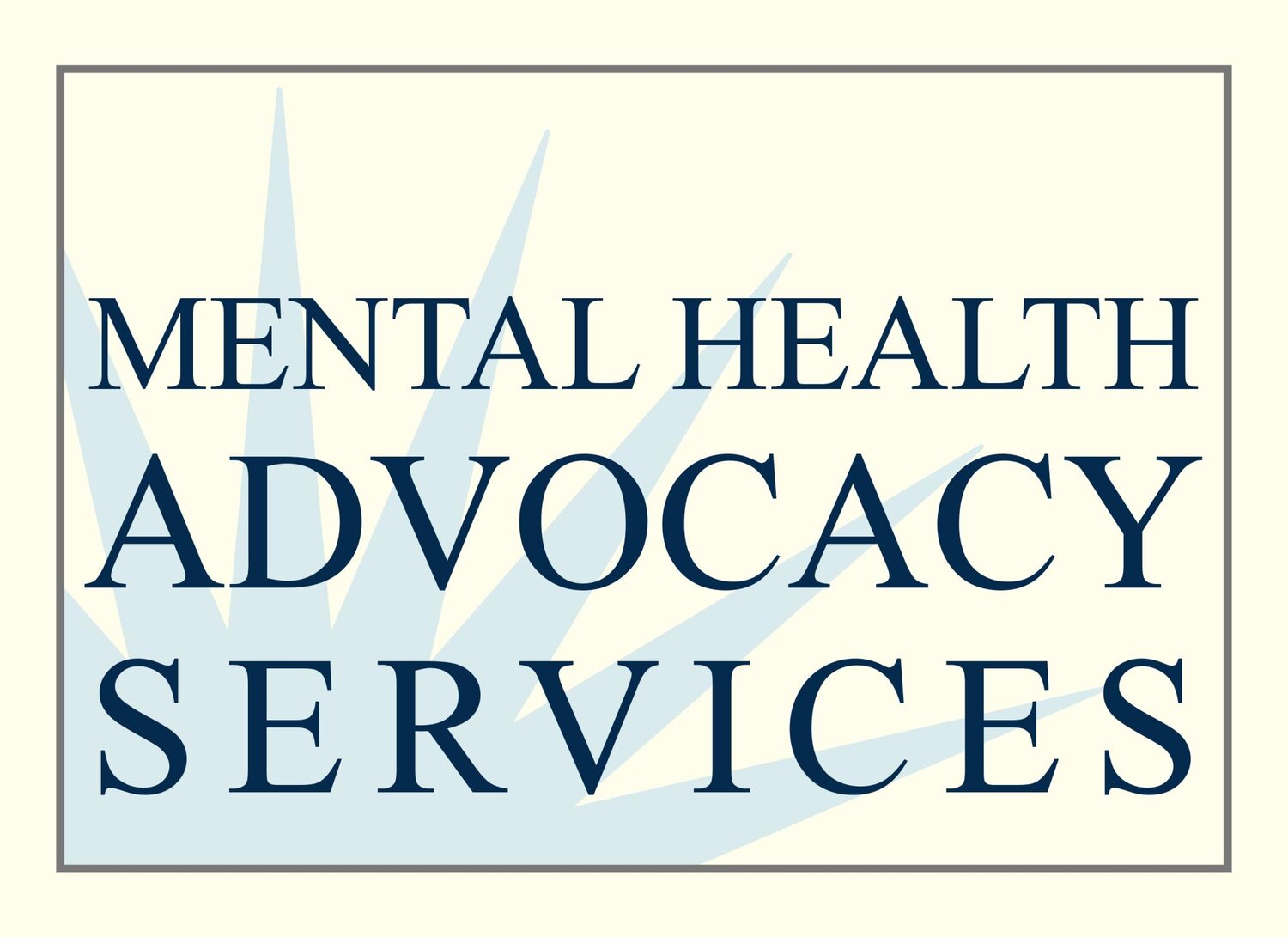Resources and Outcomes: An Inverse Relationship?
by Eliza SchaflerEliza Schafler is an MHAS Equal Justice Works Fellow sponsored by Greenberg Traurig, LLP.
 Most of us in legal services, and in all professions, want to believe that our time is well spent. In particular, we hope that there is a direct correlation between the amount of time and resources we invest in our work and the level of success we achieve. In math terms, you’d call that a “direct relationship.”However, sometimes the opposite happens. Some cases that demand intensive resources do not lead to extraordinary successes, because the underlying challenges are so complex and deeply rooted. And sometimes, more happily, a tiny investment of legal resources can result in a large victory for a person in need. This starts to resemble an “inverse relationship,” in which fewer resources spent correlates with better outcomes.Recently, our Behavioral Health-Legal Partnership (BeHeLP) handled such a case. We encountered a family that had survived terrible domestic violence. In just an hour, we helped them complete and submit the application for financial assistance through the California Victim’s Compensation Program (CalVCP). Recently, the family received an interview, and just in time – they were unable to make rent and facing an eviction and homelessness. Due to CalVCP, the family will receive $2,000 to cover moving expenses to a new home.It’s confusing to think that sometimes, the best help we can provide is the fastest and easiest, not the most taxing. But it can also be wonderful. The more preventative we become, and the earlier we intervene through BeHeLP and other innovative projects, the more time-efficient and rewarding our outcomes can be.
Most of us in legal services, and in all professions, want to believe that our time is well spent. In particular, we hope that there is a direct correlation between the amount of time and resources we invest in our work and the level of success we achieve. In math terms, you’d call that a “direct relationship.”However, sometimes the opposite happens. Some cases that demand intensive resources do not lead to extraordinary successes, because the underlying challenges are so complex and deeply rooted. And sometimes, more happily, a tiny investment of legal resources can result in a large victory for a person in need. This starts to resemble an “inverse relationship,” in which fewer resources spent correlates with better outcomes.Recently, our Behavioral Health-Legal Partnership (BeHeLP) handled such a case. We encountered a family that had survived terrible domestic violence. In just an hour, we helped them complete and submit the application for financial assistance through the California Victim’s Compensation Program (CalVCP). Recently, the family received an interview, and just in time – they were unable to make rent and facing an eviction and homelessness. Due to CalVCP, the family will receive $2,000 to cover moving expenses to a new home.It’s confusing to think that sometimes, the best help we can provide is the fastest and easiest, not the most taxing. But it can also be wonderful. The more preventative we become, and the earlier we intervene through BeHeLP and other innovative projects, the more time-efficient and rewarding our outcomes can be.
